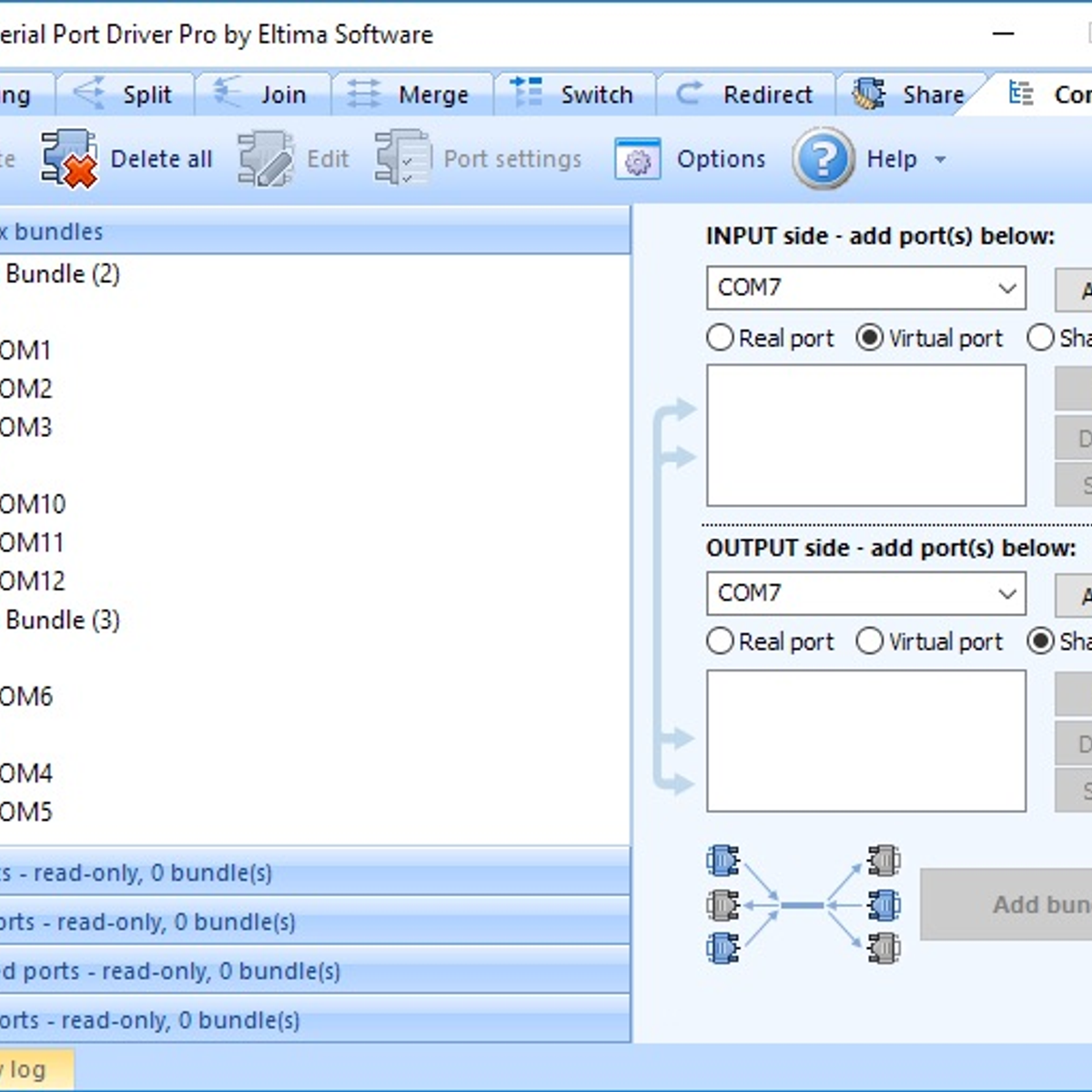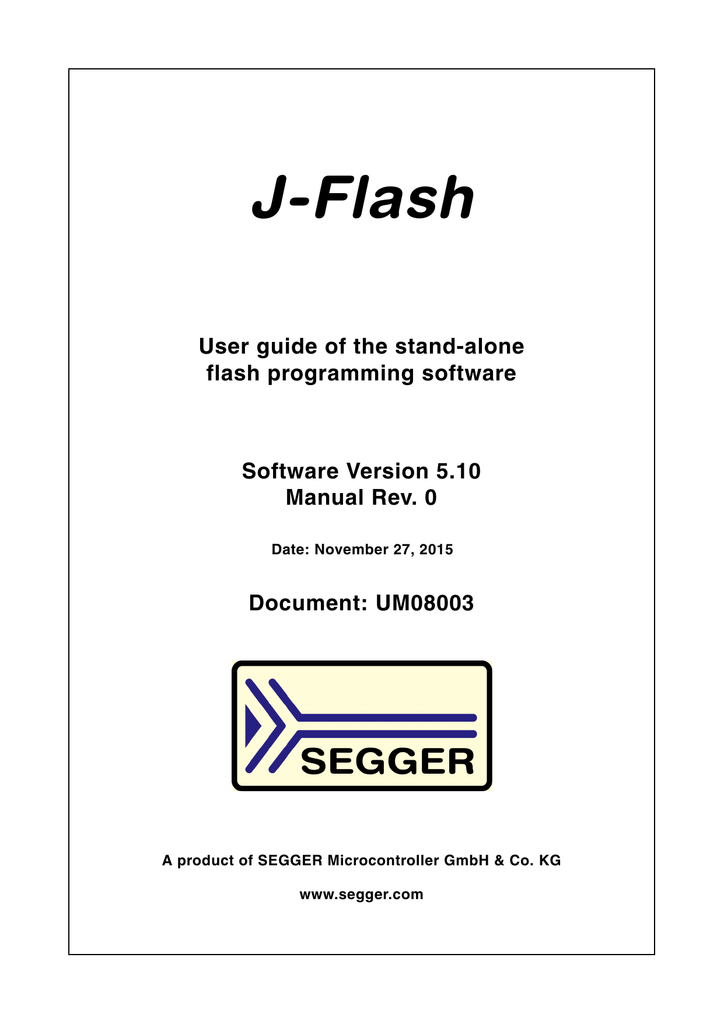In fact Brandon does not use an mbed board but a Landtiger board with an lpc1768 and a regular RS232 serial port. That board does not use an FTDI USB serial converter so you dont need that driver unless you have an adapter cable for your windows pc to convert a USB port into a regular RS232 serial port for the Landtiger. Virtual Serial Port Driver 8.0.412 Download Virtual Serial Port Driver is a simple application that allows you to create virtual COM port pairs. Virtual serial ports created in Virtual Serial Port Driver behave as if they were real ports, so applications can communicate with each other and transfer data via virtual null-modem cable.
Summary :
COM ports are common components of Device Manager. Windows users can see them easily by opening the Device Manager. However, problems may occur, causing the COM ports lost from Device Manager. If you are encountering this, please read the methods mentioned below to try to fix the problem yourself.
Windows 10 COM Ports Device Manager


COM stands for Communication port and it is actually the original name of the serial port interface. The COM can be used to refer both physical ports and emulated ports, which are created via the Bluetooth or USB-to-serial adapters. Well, the COM ports missing in Device Manager problem happens now and then.
How to Access Windows 10 Device Manager Ports
- Right click on This PC icon on the desktop.
- Choose Manage from the context menu.
- Select Device Manager under System Tools. (You can also press Start + X directly to select Device Manager.)
- Choose View from the menu bar.
- Choose Show hidden devices from the submenu.
- Locate Ports (COM & LPT) from the list in the right pane.
- Expand it to find Communications Port (COM).
MiniTool Software could help you recover data from hard disk, USB flash drive, and other external storage. If you find the USB ports not showing in Device Manager Windows 10, please read this to know how to fix USB not recognized issue.
Various solutions are provided for you to fix USB flash drive not recognized error and recover data from the inaccessible flash drive.
How to Assign a COM Port to USB Windows 10 Device Manager
Sometimes, you may need to assign a COM port to a USB device connected to your Windows 10 computer. Here’s how to do:
- Open Windows Device Manager.
- Click to expand Ports (COM & LPT).
- Right click on the target USB device.
- Select Properties.
- Shift to Port Settings.
- Click Advanced.
- Select a proper COM port identifier from the drop-down menu of COM Port Number.
- Click OK to confirm.
COM Ports Missing in Device Manager
However, there are many peoples said they can’t find ports in Device Manager and they desperately need a solution to it.
COM Ports Not Showing in Device Manager: Ture Cases
Str71x Virtual Com Port Driver For Mac Free
One: Com Port is Missing / Ports Option Not Available In Device Manager.
My com port is missing. And the ports option is not available in Device Manager. I'm able to perfectly connect and use my phone/modem with the computer. I had gone through several discussions about same topic here in answers.microsoft.com to no avail. How do I enable it, or can you provide a link where I can download this com driver for windows 10? Thanks.- posted by etwdensegen sprechen in Microsoft Forum
Two: No Ports shown in Device Manager (even hidden) Win 7 Pro 64 bit.
I can't get an external modem to work (even though it shows in devices and printers window. I can't get a USB-serial port converter to work either. It would be helpful if I had info from the device manager window but nothing show up, even though I have turned on the show hidden devices. Any ideas? Thanks.- asked Paul Saacke in Microsoft Forum
Three: COM PORT is disappeared in Device Manager.
When I opened device manager at that time I found that, portable devices COM port option disappeared from device manager. What should I have to do to resolve this issue?- said SAY014 in HP Forum
So how to fix the problem and find back your Windows 10 COM ports? Please keep reading!
How Do I Add a COM Port to Device Manager
Some users complained that their Widows 10 COM ports disappeared from Device Manager after they have upgraded their Windows platforms. Whatever the cause, the users’ primary concern is how to restore missing COM ports. That’s what I’m going to talk in this section.
Str71x Virtual Com Port Driver For Macbook Pro
Method 1: Show hidden devices.
As I have mentioned at the beginning of this article, users can’t see the COM ports directly. Instead, they need to open Device Manager -> select View tab -> choose Show hidden devices. After that, they’ll see the Ports (COM & LPT) option and they only need to expand it to fins COM ports.
Method 2: add COM ports manually.
- Open Device Manager on your Windows 10 computer.
- Click on the Action option from menu bar.
- Choose Add legacy hardware from the submenu to open the Add Hardware window.
- Click on the Next button to move on.
- Check Install the hardware that I manually select from a list (Advanced) and press Next.
- Select Ports (COM & LPT) from the given list and press the Next button.
- Choose Standard port types option or the manufacturer for the ports; then, click Next.
- Click on the Finish button to complete.
Method 3: update the motherboard drivers.
If the motherboard drivers are too outdated, they will also lead to COM ports missing in Device Manager. Therefore, you are advised to update your motherboard drivers manually and see whether it works.
With bridged networking, Oracle VM VirtualBox uses a device driver on your host system that filters data from your physical network adapter. This driver is therefore called a net filter driver. This enables Oracle VM VirtualBox to intercept data from the physical network and inject data into it, effectively creating a new network interface in software. When a guest is using such a new software interface, it looks to the host system as though the guest were physically connected to the interface using a network cable. The host can send data to the guest through that interface and receive data from it. This means that you can set up routing or bridging between the guest and the rest of your network.
Even though TAP interfaces are no longer necessary on Linux for bridged networking, you can still use TAP interfaces for certain advanced setups, since you can connect a VM to any host interface.
To enable bridged networking, open the Settings dialog of a virtual machine, go to the Network page and select Bridged Network in the drop-down list for the Attached To field. Select a host interface from the list at the bottom of the page, which contains the physical network interfaces of your systems. On a typical MacBook, for example, this will allow you to select between en1: AirPort, which is the wireless interface, and en0: Ethernet, which represents the interface with a network cable.
Bridging to a wireless interface is done differently from bridging to a wired interface, because most wireless adapters do not support promiscuous mode. All traffic has to use the MAC address of the host's wireless adapter, and therefore Oracle VM VirtualBox needs to replace the source MAC address in the Ethernet header of an outgoing packet to make sure the reply will be sent to the host interface. When Oracle VM VirtualBox sees an incoming packet with a destination IP address that belongs to one of the virtual machine adapters it replaces the destination MAC address in the Ethernet header with the VM adapter's MAC address and passes it on. Oracle VM VirtualBox examines ARP and DHCP packets in order to learn the IP addresses of virtual machines.
Depending on your host operating system, the following limitations apply:
Mac OS X hosts. Functionality is limited when using AirPort, the Mac's wireless networking system, for bridged networking. Currently, Oracle VM VirtualBox supports only IPv4 and IPv6 over AirPort. For other protocols, such as IPX, you must choose a wired interface.
Linux hosts. Functionality is limited when using wireless interfaces for bridged networking. Currently, Oracle VM VirtualBox supports only IPv4 and IPv6 over wireless. For other protocols, such as IPX, you must choose a wired interface.
Also, setting the MTU to less than 1500 bytes on wired interfaces provided by the sky2 driver on the Marvell Yukon II EC Ultra Ethernet NIC is known to cause packet losses under certain conditions.
Some adapters strip VLAN tags in hardware. This does not allow you to use VLAN trunking between VM and the external network with pre-2.6.27 Linux kernels, or with host operating systems other than Linux.
Oracle Solaris hosts. There is no support for using wireless interfaces. Filtering guest traffic using IPFilter is also not completely supported due to technical restrictions of the Oracle Solaris networking subsystem. These issues may be addressed in later releases of Oracle Solaris 11.
On Oracle Solaris 11 hosts build 159 and above, it is possible to use Oracle Solaris Crossbow Virtual Network Interfaces (VNICs) directly with Oracle VM VirtualBox without any additional configuration other than each VNIC must be exclusive for every guest network interface.
When using VLAN interfaces with Oracle VM VirtualBox, they must be named according to the PPA-hack naming scheme, such as e1000g513001. Otherwise, the guest may receive packets in an unexpected format.
Copyright © 2004, 2020 Oracle and/or its affiliates. All rights reserved. Legal Notices